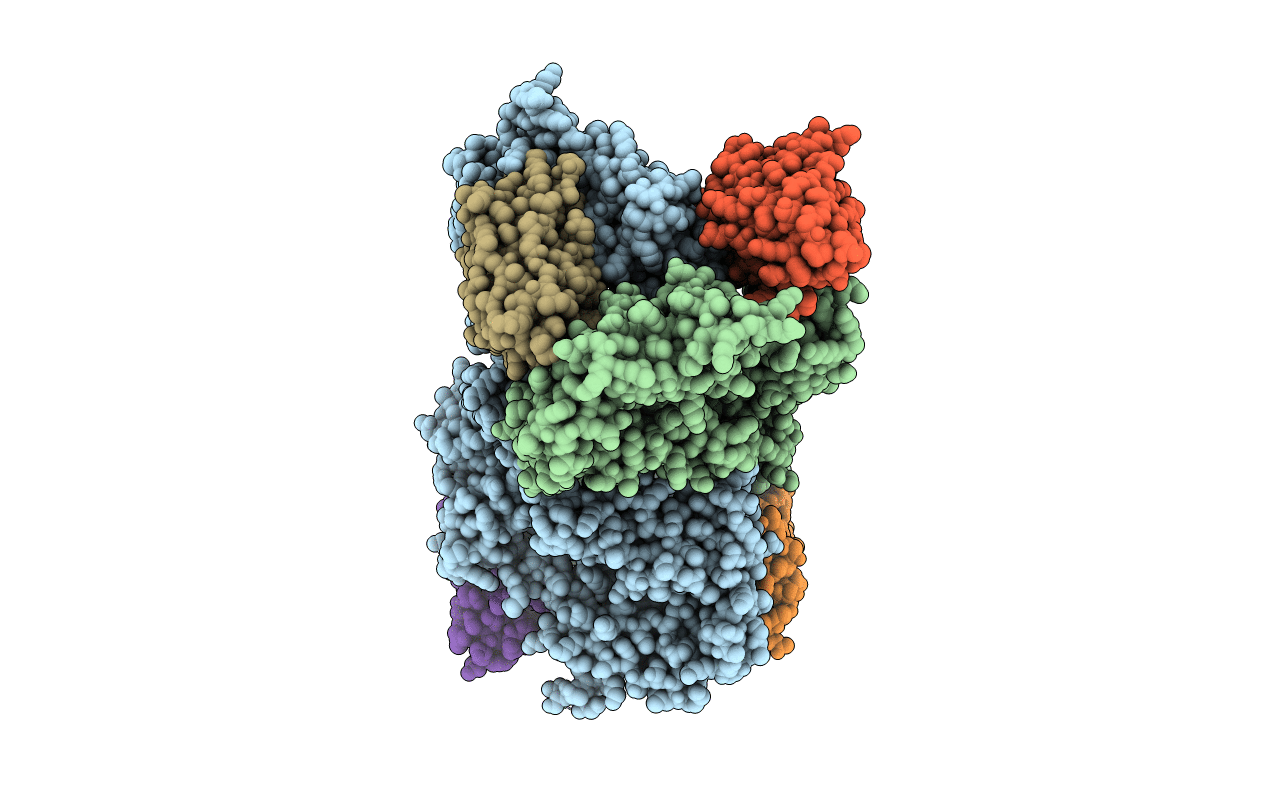
Deposition Date
2019-03-07
Release Date
2019-07-31
Last Version Date
2024-11-06
Entry Detail
PDB ID:
6QX4
Keywords:
Title:
Structure of the Bacillus anthracis Sap S-layer assembly domain
Biological Source:
Source Organism:
Bacillus anthracis (Taxon ID: 1392)
Lama glama (Taxon ID: 9844)
Lama glama (Taxon ID: 9844)
Host Organism:
Method Details:
Experimental Method:
Resolution:
3.27 Å
R-Value Free:
0.21
R-Value Work:
0.17
R-Value Observed:
0.17
Space Group:
P 1


